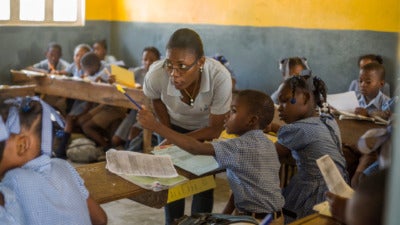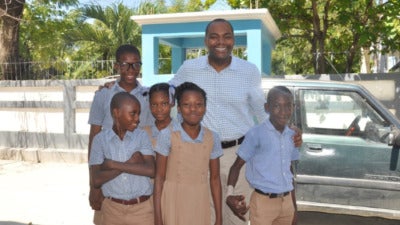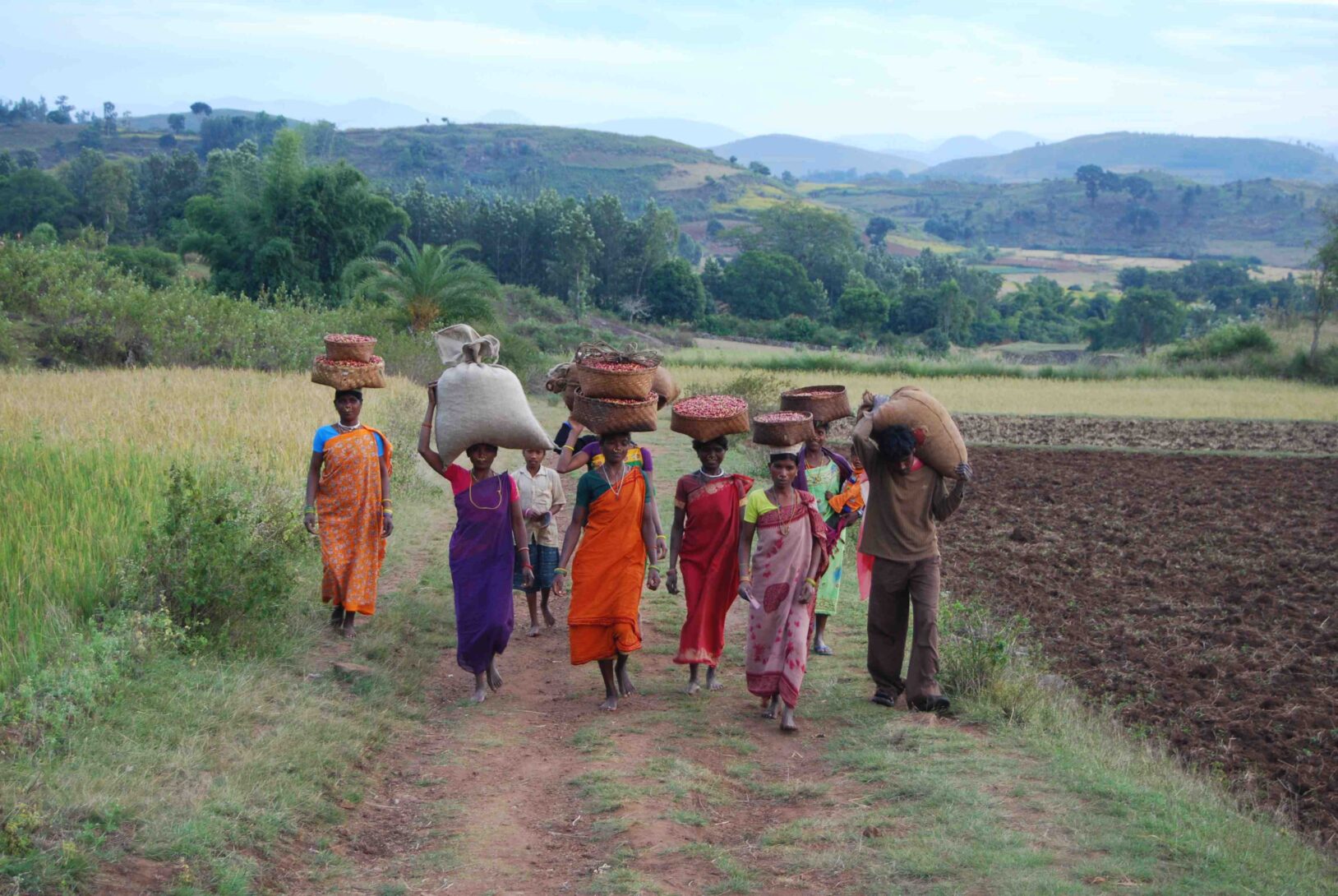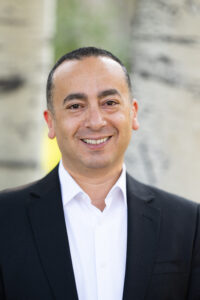Real transformation rarely comes from a single solution or organization working in isolation. Through our work in global health and community development, we’ve witnessed how the most powerful changes emerge when someone helps connect the dots – bringing together grassroots innovators, institutional partners, and local communities to reimagine entire systems. These are the system catalysts: individuals and organizations who understand that lasting change requires more than just good ideas – it requires weaving together networks of people, resources, and solutions in ways that amplify everyone’s impact.
The Art of System Change
Think of system catalysts as jazz musicians rather than classical conductors. They don’t direct from above but rather create harmony, trust, and win-win relationships by bringing together diverse voices, expertise, and resources. They spot connections others might miss and help bridge gaps between grassroots innovations and institutional support.Our experience has shown that true system catalysts share several critical characteristics. They maintain a managed ego, prioritizing impact over recognition. They excel at listening authentically and deeply to those closest to the problems they’re trying to solve. The story of Manoj Kumar (Kamalnayan Bajaj Fellow) exemplifies this approach. Kumar was deeply moved by the conditions in Araku Valley, a remote highland area in southern India where subsistence farmers lived in extreme poverty. When he first arrived, the region faced challenges including high maternal and infant mortality rates, abandoned schools, lack of sustainable livelihoods, and dependence on welfare. What set Kumar’s approach apart was his commitment to immersion and authentic listening. Having left his career in development banking after a pivotal encounter with rural poverty, he moved to live within the community. For two years, Kumar and his “field-level fellows” – young people drawn from these communities – patiently built trust through listening and observation. He recognized,
What set Kumar’s approach apart was his commitment to immersion and authentic listening. Having left his career in development banking after a pivotal encounter with rural poverty, he moved to live within the community. For two years, Kumar and his “field-level fellows” – young people drawn from these communities – patiently built trust through listening and observation. He recognized,
“Positive transformation would require building trust, and that would take time. It would require the humility of authentic listening,”[/quote_embed]
Often communicating through sign language, they waited until the community opened up about their needs before offering assistance. This patient approach eventually bore fruit as deeper dialogues emerged and mutual respect was established.
Kumar’s epiphany came when he realized traditional charity models weren’t sufficient. Through his Aspen Fellowship, he developed a vision for a social for-profit model that would use “the power of equity and markets—not grants and subsidies—to build self-reliance.” His venture Araku Originals became an end-to-end business supporting coffee farmers from seedling to market, connecting them with global buyers while maintaining biodynamic farming practices. The result has lifted over 25,000 farming families out of poverty through a model that’s both financially sustainable and ecologically responsible.
Network-Supported, Locally-DrivenThe most effective system catalysts operate on a fundamental principle: changes must be locally driven but network supported. This means recognizing that while solutions often emerge from communities experiencing challenges firsthand, scaling these solutions requires connecting them to broader networks of resources, expertise, and support.”The role isn’t about having all the answers,” English notes.
[quote_embed]”It’s about seeing the forest through the trees and helping connect those with great ideas to the stakeholders and resources needed to scale them effectively.”[/quote_embed]
Gloria Walton (Civil Society Fellow) leads The Solutions Project (TSP) and provides a powerful example of this approach. As CEO since 2020, Walton transformed the organization to center climate justice by focusing on communities most impacted by environmental challenges. Her journey began over 20 years ago as a community organizer in South Central Los Angeles, where she recognized the interconnectedness of economic and environmental equity.
“Climate justice means trusting and investing in frontline communities to lead their own solutions,” Walton explains.
[quote_embed]”When we shift resources to those closest to the problems, we enable them to create sustainable solutions that address both immediate needs and long-term resilience.”
Under Walton’s leadership, TSP has become a system catalyst by forging multi-sector alliances between grassroots organizations, policymakers, businesses, and philanthropy. The organization challenges the status quo of climate funding—where only 2% of US climate philanthropy goes to Black, Indigenous, and people of color (BIPOC)-led organizations—by directing 90% of their grants to BIPOC-led initiatives.

Breaking Down Silos
One of the most powerful aspects of the system catalyst approach is its ability to transcend traditional sector boundaries. In our work across different regions and challenges, we’ve witnessed how this approach can transform seemingly intractable problems.Anseye Pou Ayiti(APA), led by Nedgine Paul Deroly and Jean-Claude Brizard (Pahara Fellow), in Haiti demonstrates this principle in action, equipping and supporting groups of teachers, parents, and school leaders to become change agents in their schools and communities. Rather than imposing external educational models, APA works with local educators to develop culturally responsive teaching practices that honor Haitian culture and history. Their approach goes beyond traditional educational interventions by addressing the entire ecosystem of learning – connecting school administrators with community leaders, engaging parents as educational partners, and building networks of teacher-leaders who share best practices across regions. By breaking down these traditional educational silos and fostering collaboration between diverse stakeholders, APA creates comprehensive solutions that address the root causes of educational challenges while building local leadership capacity that can sustain these improvements over time.
Their approach goes beyond traditional educational interventions by addressing the entire ecosystem of learning – connecting school administrators with community leaders, engaging parents as educational partners, and building networks of teacher-leaders who share best practices across regions. By breaking down these traditional educational silos and fostering collaboration between diverse stakeholders, APA creates comprehensive solutions that address the root causes of educational challenges while building local leadership capacity that can sustain these improvements over time.
Looking Ahead
As we face increasingly complex global challenges, from healthcare access to climate change, the need for system catalysts has never been greater. We’re learning that the most profound changes often come not from single breakthrough solutions, but from carefully orchestrated collaboration between multiple stakeholders working toward shared goals.Through the System Catalysts podcast and ongoing work with partners worldwide, we’re committed to highlighting these approaches and supporting the next generation of system catalysts. Because in the end, the most effective social change isn’t about individual heroes – it’s about creating harmonious collaboration that amplifies everyone’s impact.
Fellows mentioned in this story are members of the Aspen Global Leadership Network (AGLN). A program of the Aspen Institute, the AGLN is a world-wide community of values-based, purpose-driven leaders committed to addressing humanity’s greatest challenges.
About Guest Contributor, English Sall:English Sall is a data enthusiast and researcher at heart. In 2019, English received her PhD in Industrial Organizational Psychology (IOP) from North Carolina State University, where her research specializes in Humanitarian Work Psychology with a particular focus on how IOP can be applied to cross-cultural leadership and work-force development within informal economies. Throughout her undergraduate and graduate career English has gained diverse experience designing research projects and utilizing applied analytics in the space of Humanitarian Work Psychology.
About Systems Catalysts Podcast: We can’t fix the world alone. But we all know that collaborating is hard. And systems? Well, they seem to be allergic to change. So how do we do it without losing our damn minds? On System Catalysts, you will learn from activists, philanthropists, and change makers who put their egos aside to improve the systems that run the world. This season, we’ll be looking into healthcare, marriage equality, migration, climate and more. Join Jeff Walker and English Sall as they go behind-the-scenes of systems change, cracking the code on making the world a better place. System Catalysts is produced by Hueman Group Media.


